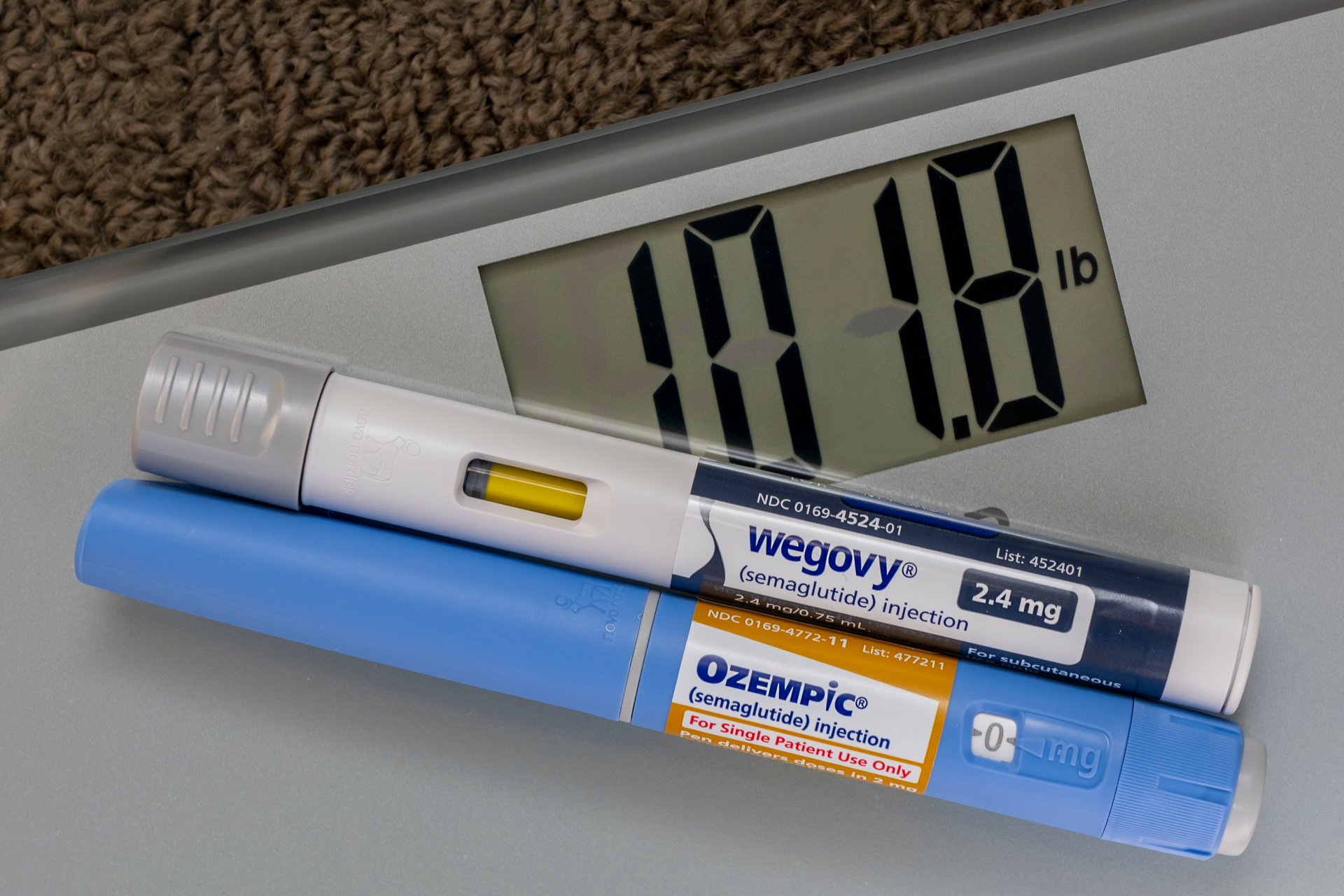The weight loss drug boom has barely begun. How big can it get?
GLP-1 drugs such as Ozempic are on track to become the best-selling pharmaceuticals on the market — overtaking even statins

Getty Images
It seems like another report about the wonders of the new category of weight loss drugs known as GLP-1 agonists comes out every week.
Approved for weight loss by the Food and Drug Administration just four years ago this month, Ozempic, Wegovy and other drugs in this category are now taken by more than 2% of Americans — some 30 million people, according to a report from FAIR Health. As a result, pharmaceutical experts are starting to see GLP-1 drugs as the new statins, currently the most prescribed drugs in the U.S.
Statins are taken by one in three Americans to lower high cholesterol levels, a leading cause of heart disease. They have been shown to lower the risk of heart attack by 23% and stroke by 17%, are remarkably safe, and remarkably cheap, costing as little as $10 per month. The first statin, Pfizer’s Lipitor, was approved in 1987 and has racked up more than $150 billion in sales, making it the best-selling drug of all time.
But it may not hold that title for long. A study published in JAMA Cardiology in November estimated that 137 million U.S. adults are medically eligible for GLP-1s and predicted that the drugs will quickly overtake statins as the most prescribed pharmaceuticals. On June 20, the American College of Cardiology made it even more likely that more of those eligible will try the drugs when it changed its guidelines for weight management to recommending GLP-1s as the first line of treatment, rather than diet and exercise.
The market is also likely to expand well beyond weight loss, given the many medical conditions that GLP-1 drugs are being tested against. In 2024, Wegovy was approved for the prevention of heart attacks and other cardiovascular events in people with heart disease and obesity, and Zepbound became the first drug approved for the treatment of sleep apnea. Recent reports show that the drugs may be effective against kidney disease, uterine fibroids, Alzheimer’s, menopause symptoms, and substance use disorders.
“The evidence really does suggest these medicines are game-changers — the kind we see maybe once in a generation,” Dr. Dhruv S. Kazi, co-author of the JAMA study and director of cardiac critical care at Beth Israel Deaconess Medical Center in Boston, told Quartz. “They give us the same sense of hope that statins probably did when they first came on the scene.”
So much hope, in fact, that Morgan Stanley Research in May increased its estimate for the global market for obesity drugs to a peak of $150 billion in 2035, from its previous forecast of $105 billion. In 2024, the market had about $15 billion in sales.
However, Kazi pointed to some major caveats that make the GLP-1 drugs quite different from statins. The cholesterol-lowering drugs have been around for decades, so their safety profile is well-established. More than 90% of people taking statins suffer no ill effects, whereas 50% to 70% of people taking GLP-1s suffer nausea, vomiting, diarrhea, constipation and abdominal pain. Often because of those side effects, half or more of people on the drugs discontinue them after a year.
Costs are also behind the high drop-off level. GLP-1 drugs, currently only available as injectables, can cost north of $1,000 a month, and many insurers are still reluctant to reimburse for them. Cheaper pill forms are being tested, however. Eli Lilly reported on June 21 that its orforglipron pill, taken once a day, is both effective and safe, and it will likely seek FDA approval by the end of the year.
Still, Kazi doubts that the GLP-1 drugs will ever get to a price point where they are as cost-effective as statins. But he also doesn’t think that should be the benchmark for their use.
“Statins are one of the very few medicines that truly save money. There is no reasonable scenario where these [GLP-1] drugs will pay for themselves in terms of a reduction of future health care costs like statins do,” he said. “But they are cost-effective in terms of the health we get in return. That’s what value for money is about. After all, we don’t expect cancer drugs to save money, but we still consider them worth paying for.”
